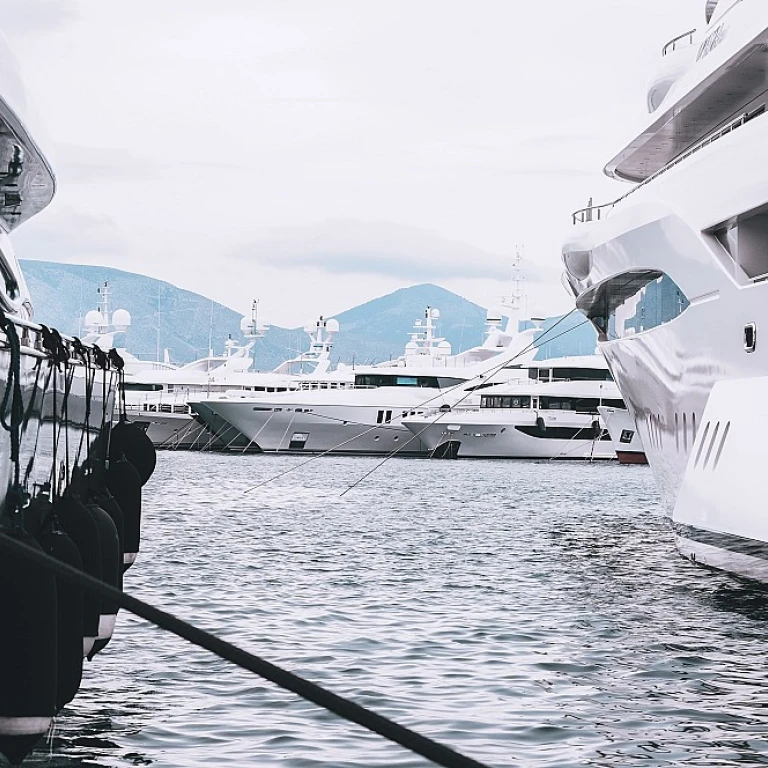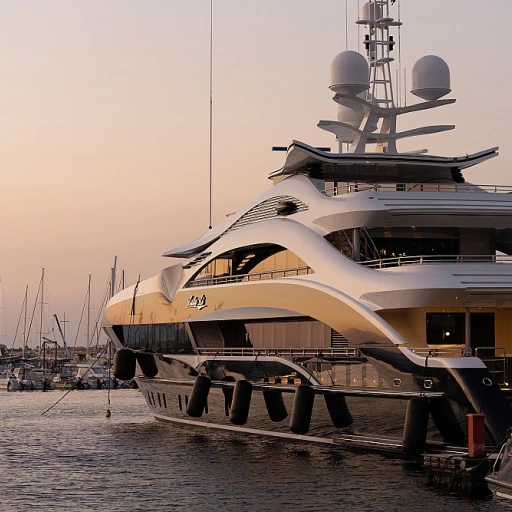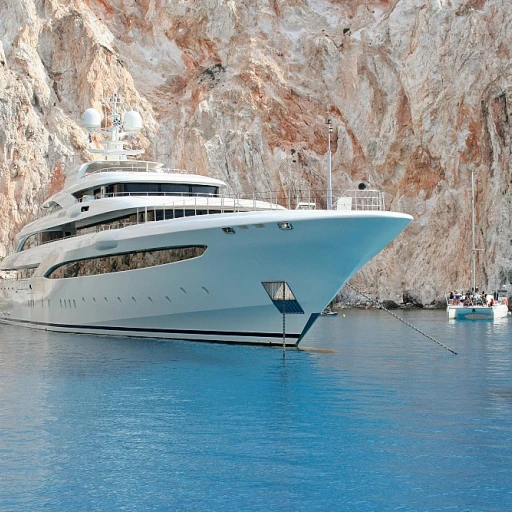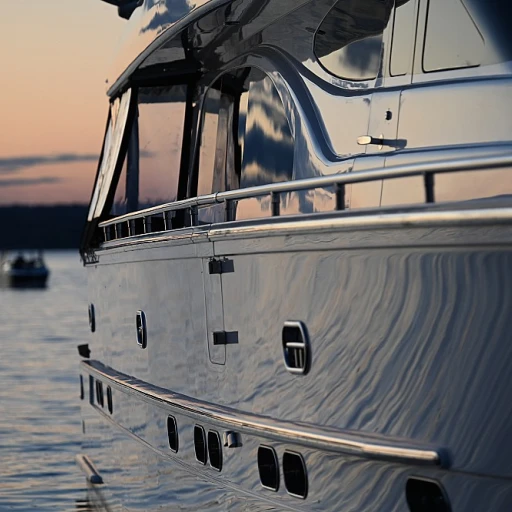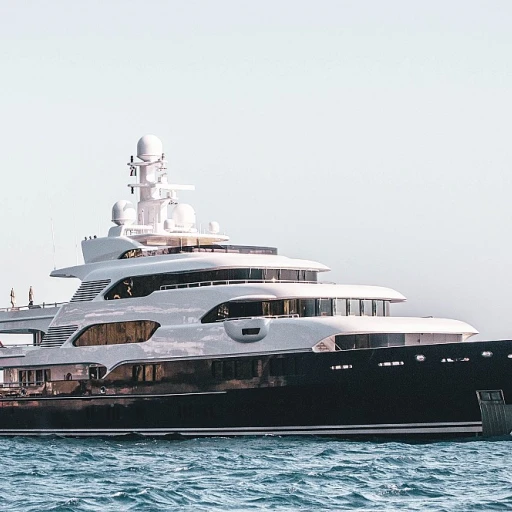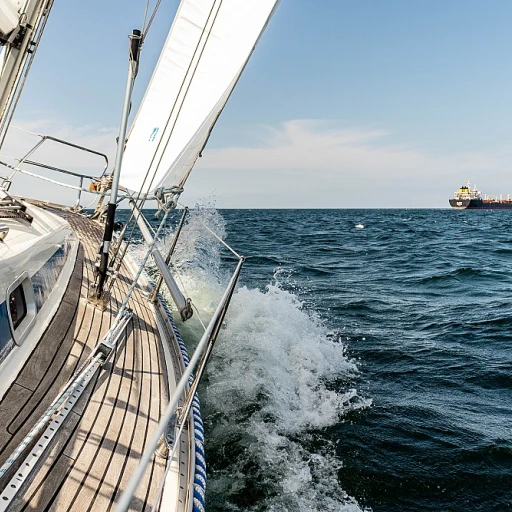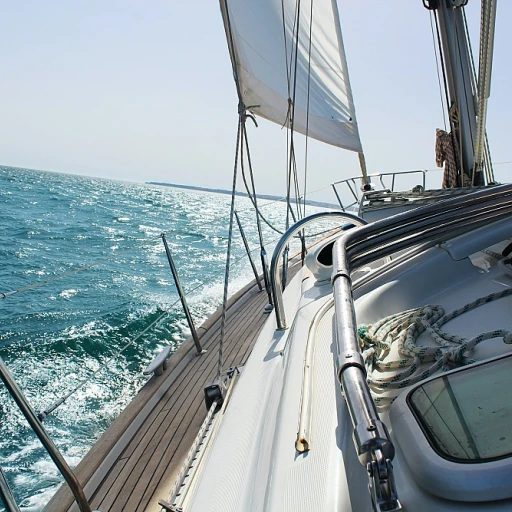
Understanding Aluminum Hull Characteristics
Aluminum Boats: A Unique Composition
Aluminum boats, known for their unique material properties, offer several advantages over traditional materials. Their lightweight nature ensures better fuel efficiency, which makes them highly coveted within the marine industry. An inherent corrosion resistance allows them to withstand harsh marine environments, crucial for long-lasting performance.The Role of Paint Choices
For those keen on keeping their aluminum boats in prime condition, understanding the role of paint is critical. Specialized options like antifouling paint are indispensable to prevent marine organisms from adhering to the boat's bottom. Explore options such as black and blue hues that not only deliver aesthetic appeal but also contribute to functionality. Paint quart quantities often determine your purchase, so assessing the current price and sale price becomes necessary when planning maintenance. Aluminum boating enthusiasts are encouraged to utilize an epoxy primer as a preparatory coat. This epoxy-based product acts as a barrier coat to seal the hull and safeguard it against potential damage.Resistance Through Marine Coatings
Navigating the aluminum hull landscape involves selecting copper-based bottom paint to offer steadfast protection under water. These marine coatings enhance the hull’s durability, effectively preparing it for the different types of water encounters it may face. Considering the aluminum's properties, choosing the right antifouling bottom products can command higher prices. Investing wisely ensures a boost in both the boat's performance and its eventual sale price. To further enhance performance, pairing these coating choices with location-specific strategies is advisable. A well-thought-out plan of action not only fortifies the vessel's bottom paint but also manages overall marine upkeep. Ready to maintain an aluminum hull's optimal condition? Delving into alternative maintenance tools like a boat dehumidifier can do wonders in preserving your investment, ensuring an all-around superior marine experience.Importance of Specialized Coatings
Why Coatings Matter for Aluminum Hulls
Aluminum hulls have unique properties that require specific attention when it comes to protection and performance. The right coatings can significantly enhance the durability and efficiency of your vessel. Here’s why specialized coatings are crucial for aluminum boats:
- Corrosion Resistance: Aluminum is prone to corrosion, especially in saltwater environments. Specialized coatings, such as epoxy primer and barrier coat, provide a protective layer that shields the hull from corrosive elements.
- Improved Performance: Coatings like antifouling paint help reduce drag, improving the speed and fuel efficiency of the boat. By preventing marine growth on the boat bottom, these coatings ensure smoother sailing.
- Longevity: Applying the right paint can extend the lifespan of your aluminum hull. With options ranging from copper-based to water-based solutions, choosing the correct type can prevent premature wear and tear.
- Cost-Effectiveness: Although the initial price of high-quality coatings might seem steep, they save money in the long run by reducing maintenance costs and preserving the hull's integrity.
When selecting coatings, consider factors like location, water conditions, and the type of boat. Whether you own a fishing boat or a larger marine vessel, the right antifouling bottom paint can make a significant difference. Remember, the sale price of coatings often reflects their quality and effectiveness, so investing in reputable brands is advisable.
In the subsequent sections, we’ll delve into how to choose the right paint and the application techniques that ensure optimal results. Avoiding common mistakes during application is key to maximizing the benefits of your chosen coatings.
Choosing the Right Paint for Aluminum Hulls
Selecting the Right Paint for Superior Outcomes
When it comes to painting aluminum hulls, choosing the right product is crucial for ensuring both longevity and optimal performance. Given the unique characteristics of aluminum, it requires a specialized approach in selecting paints, especially when considering factors like antifouling and barrier options.
One of the first considerations is the type of coating that will provide the best protection for your hull. An epoxy primer is often recommended as a foundation; it not only provides a durable base coat but also acts as a barrier coat, preventing corrosion and protecting against the harsh marine environment. For the top layer, a copper-based antifouling paint could be ideal as it helps in preventing marine growth on the boat bottom, which can severely impact boat performance.
While marine-grade paints come in various colors, some boaters prefer paint blue or paint black for aesthetic or practical reasons. Each color absorbs and reflects heat differently, potentially influencing in-water temperatures and therefore efficacy. When selecting colors, consider also how it will coincide with your location and typical water conditions.
Be mindful of the product specs as well as the sale prices – high-quality antifouling options may be more costly, but the current price often reflects the advanced technology used in the formulation to safeguard your aluminum hull against marine threats. Additionally, purchasing paint by the quart ensures you have just enough product with minimal waste.
Remember, investing in the right paint not only protects the hull but can also influence the resale value of your aluminum boat. Furthermore, for those who enjoy fishing or recreational boating, these coatings ensure that the boat performs optimally in various water conditions, offering peace of mind and enhancing your overall maritime experience.
Application Techniques for Optimal Results
Techniques for a Flawless Finish
Achieving optimal results when applying coatings to aluminum hulls involves a meticulous approach. The success of this process lies not only in selecting the appropriate paint but also in executing the application with precision.- Surface Preparation: Begin with a thorough cleaning of the hull to remove any residue, dirt, or marine growth. This step is crucial for ensuring that the coatings adhere properly. Using an epoxy primer after cleaning can offer better protection and enhance adhesion.
- Tools and Materials: Equip yourself with the right tools—rollers and brushes—suited for the specific type of paint you have chosen. The choice of tools can significantly impact the smoothness and coverage of the coat.
- Weather Conditions: Aim to apply the paint under optimal conditions. Low humidity and moderate temperatures are ideal, as they prevent paint from drying too quickly or reacting negatively, which could result in surface imperfections.
- Coating Layers: Adhere to the manufacturer’s instructions regarding the number of coats required. Typically, multiple thin layers are preferred over fewer thick ones for superior adherence and a sleek finish.
- Drying Intervals: Allow sufficient time between the layers to ensure each coat is completely dry. This step is crucial when working with antifouling and barrier coats, as rushing the process can undermine the coating's effectiveness.
Common Mistakes and How to Avoid Them
Avoiding Common Pitfalls in Hull Coating Applications
When venturing into the domain of aluminum hull coatings, recognizing potential pitfalls can ensure the longevity and effectiveness of the antifouling paint. As you embark on painting or maintaining your aluminum boat, be mindful of the following common mistakes:- Inadequate Surface Preparation: A successful application begins with thorough surface preparation. Ensure the aluminum hull is clean and free of any contaminants that could hinder adhesion, such as pollution or marine growth. A meticulous cleaning process allows epoxy primers and bottom paint to bond effectively, minimizing the risk of premature peeling or flaking.
- Ignoring Environmental Factors: Application conditions play an essential role in the outcome of your coating. Temperature, humidity, and air quality can significantly affect the curing and drying processes. Always consult the manufacturer's guidelines regarding ideal application conditions to achieve optimal results.
- Overapplication of Paint: Applying too much paint can lead to delays in drying times, along with increased risk of sagging and runs. Follow recommended coat thicknesses, whether you are applying a barrier coat, copper-based antifouling paint, or epoxy paint. Proper application helps maintain the paint's effectiveness in shielding the hull against marine growth.
- Incorrect Thinner Usage: Utilizing the wrong type or amount of thinner can compromise the paint’s integrity. Ensure you're using the appropriate thinner as per the product's instructions to maintain the desired consistency and performance of your bottom paint.
Maintenance Tips for Painted Aluminum Hulls
Upkeep Strategies for Aluminum Hull Coatings
Keeping aluminum hulls in optimal condition requires diligent maintenance routines, especially after application of specialized coatings. Here’s a breakdown to help maintain your bottom paint and antifouling coatings effectively:- Regular Cleaning: Regularly inspect and clean your boat bottom. Use fresh water to remove any marine growth. Be mindful of using a suitable cleaning solution that won’t harm the antifouling paint.
- Inspect for Damage: Check your hull frequently for any signs of wear and tear. This includes looking for scratches or dents which may expose the aluminum.
- Touch-ups: For minor damages, touch-up the paint promptly. Use the same paint used in the original application to ensure consistency in protection and appearance.
- Performance Check: Observe the performance of the antifouling bottom coatings. If drag increases or you notice excessive marine life attachment, it may be time to reapply your antifouling paint.
- Avoid Abrasion: Take care to minimize contact with abrasive materials, especially around the dock. This is crucial for maintaining the barrier coat integrity and enhancing the paint's longevity.
- Attention to Location: If you frequently move locations or store your boat in water for extended periods, ensure the antifouling coatings are suitable for varied water conditions, as some antifouling paints are more effective in certain types of water.

